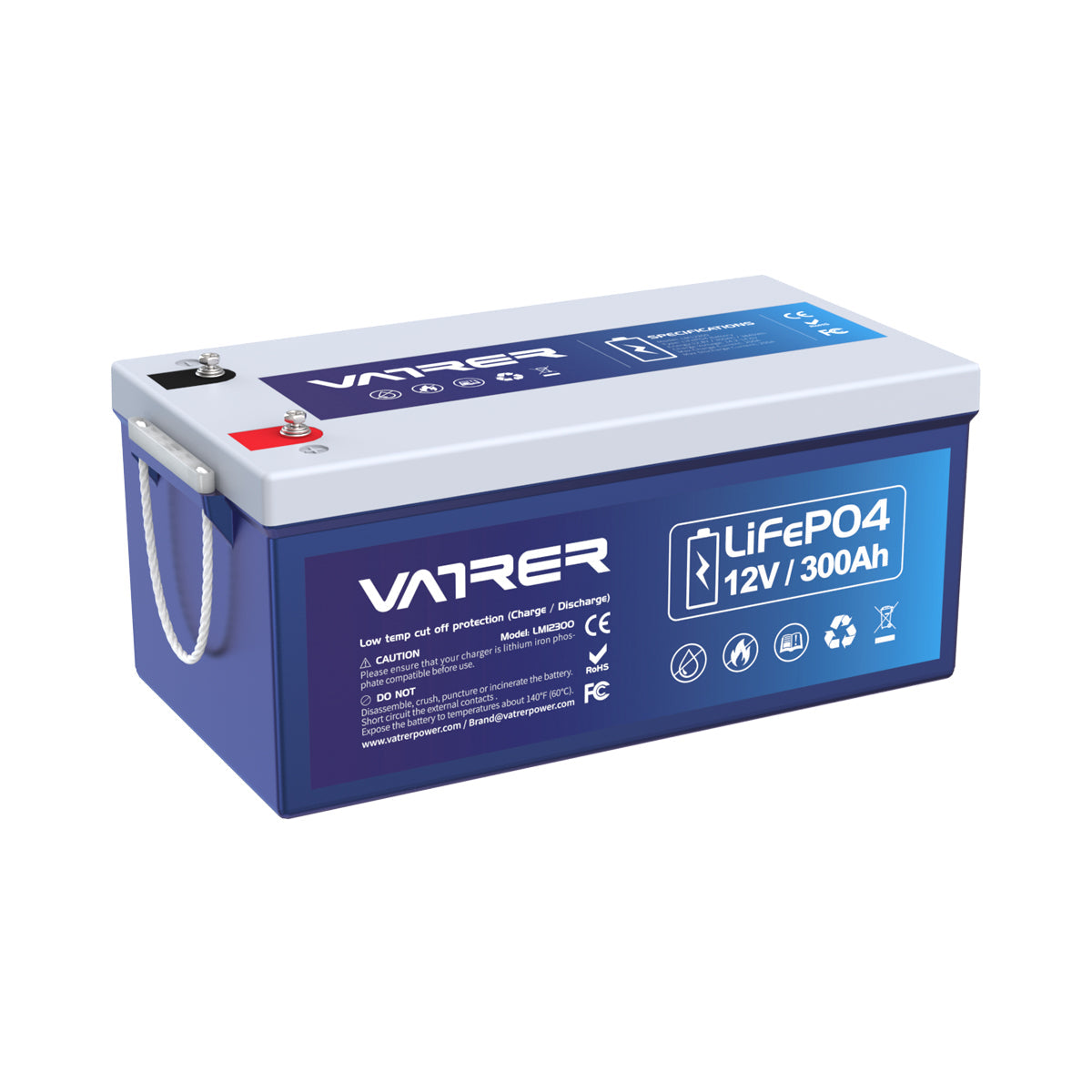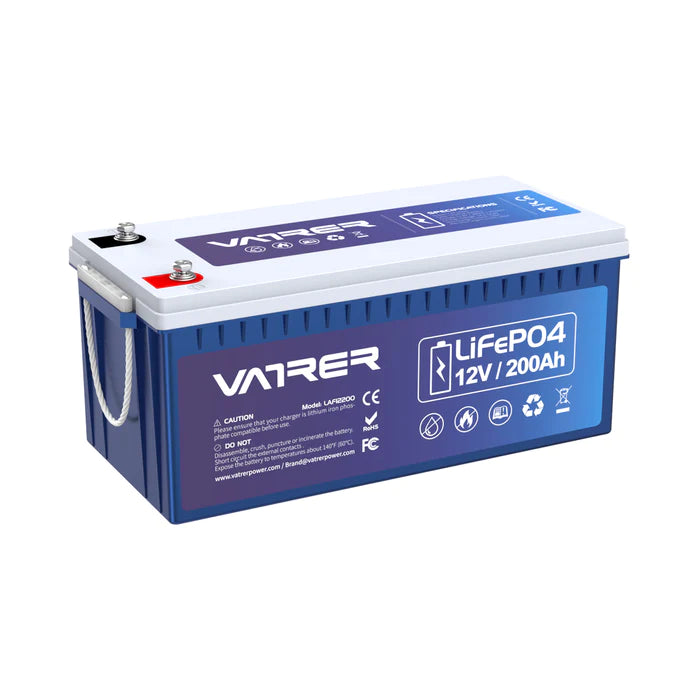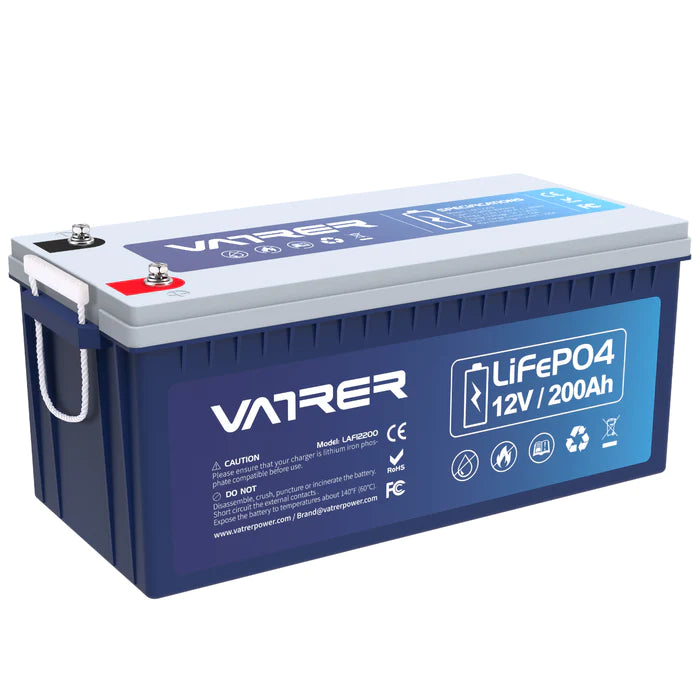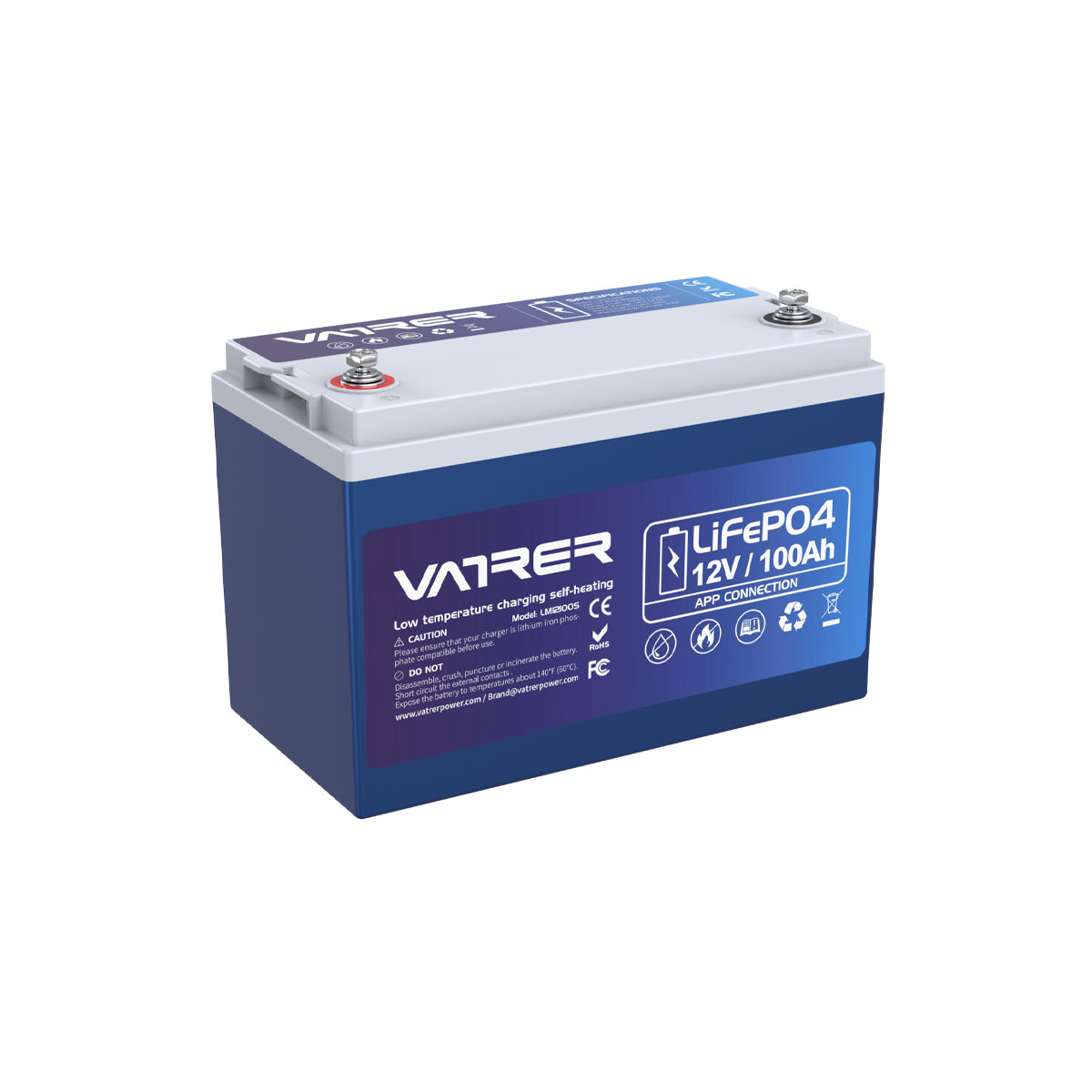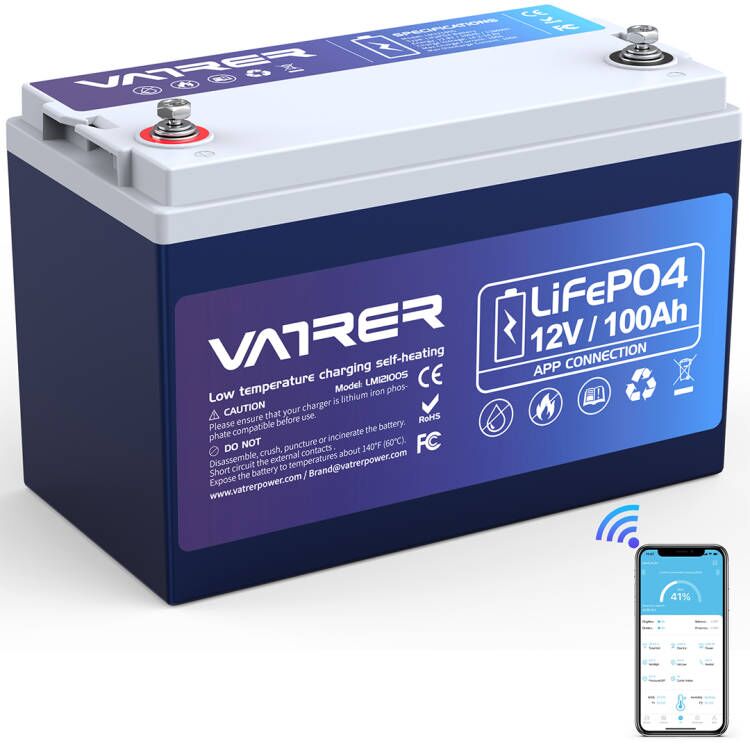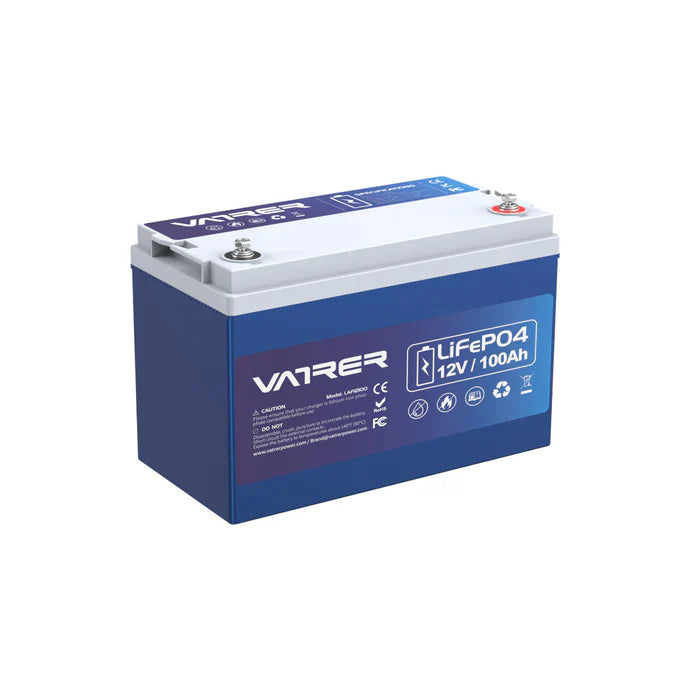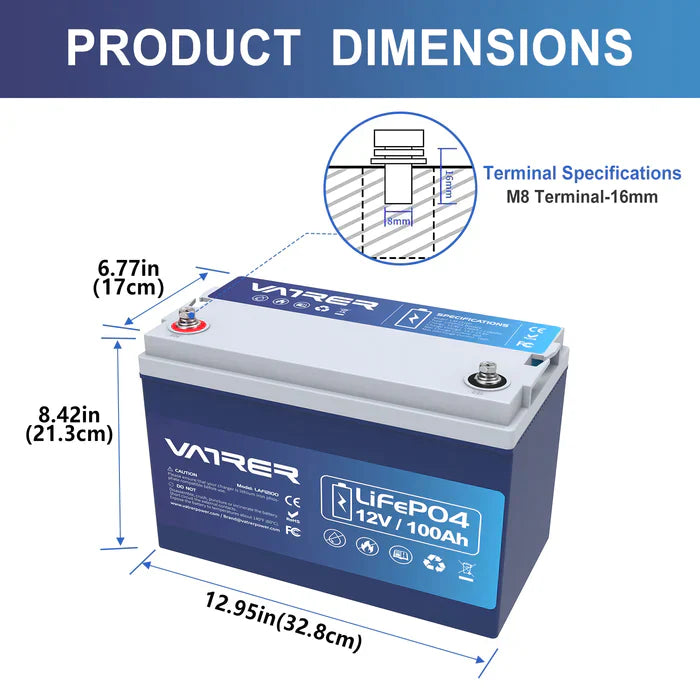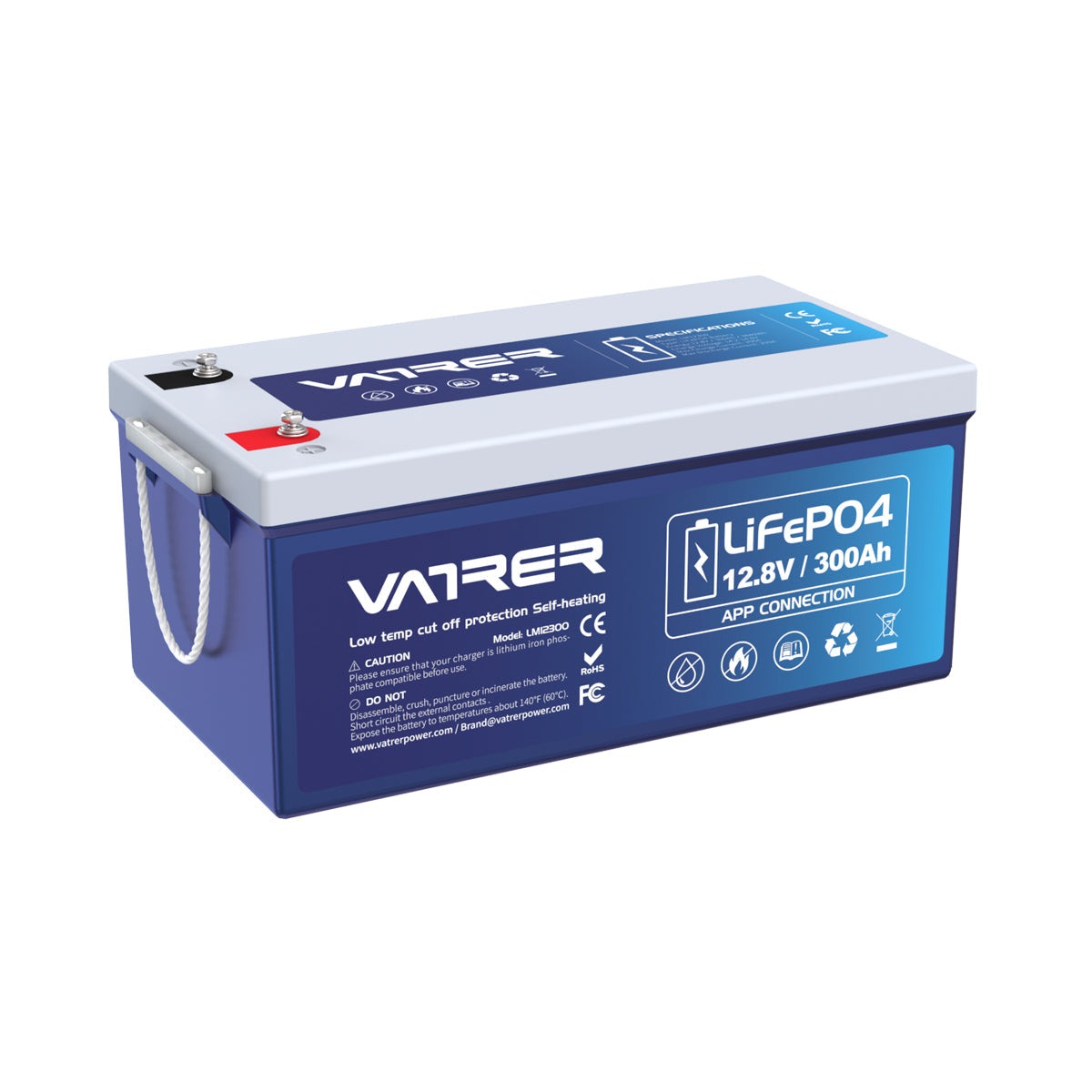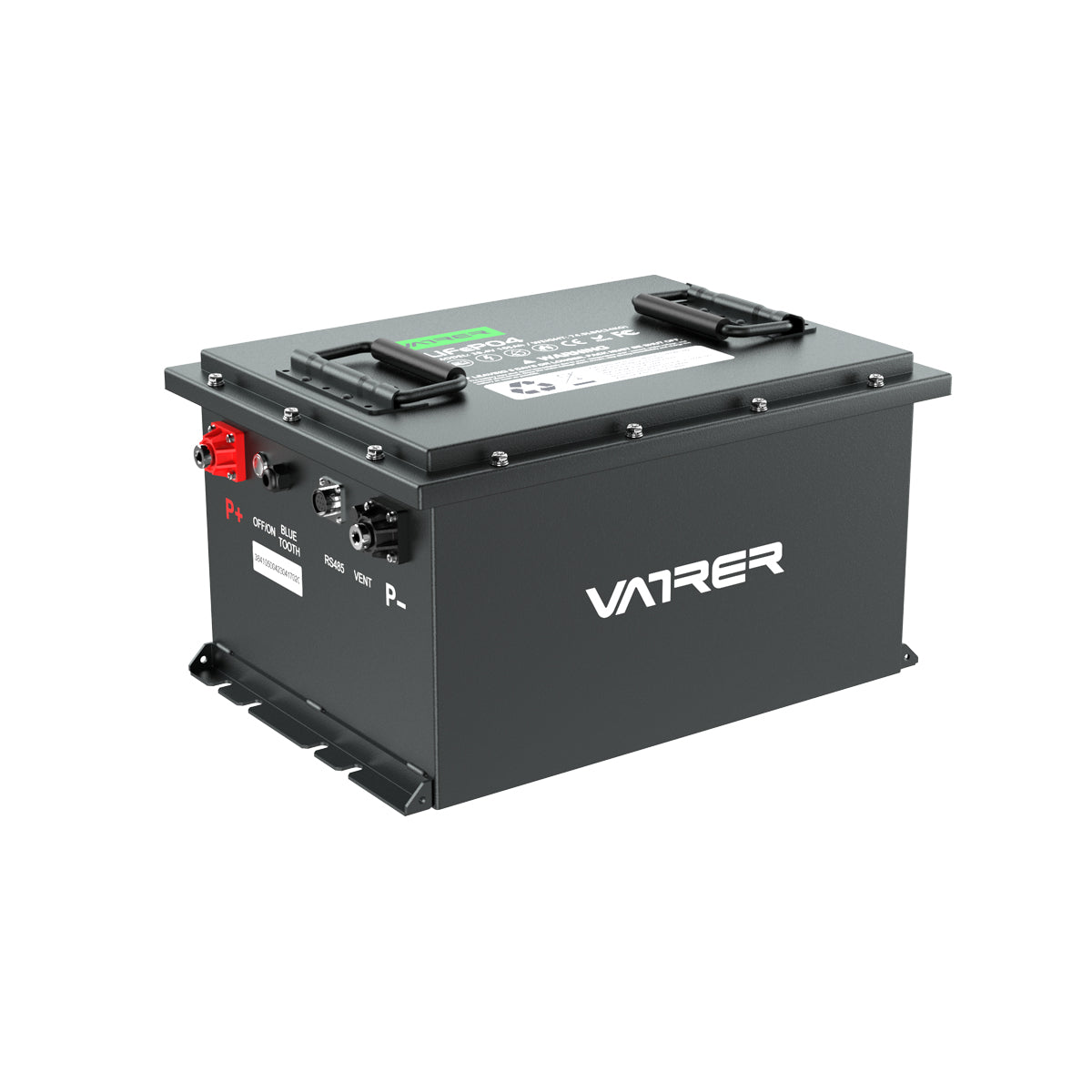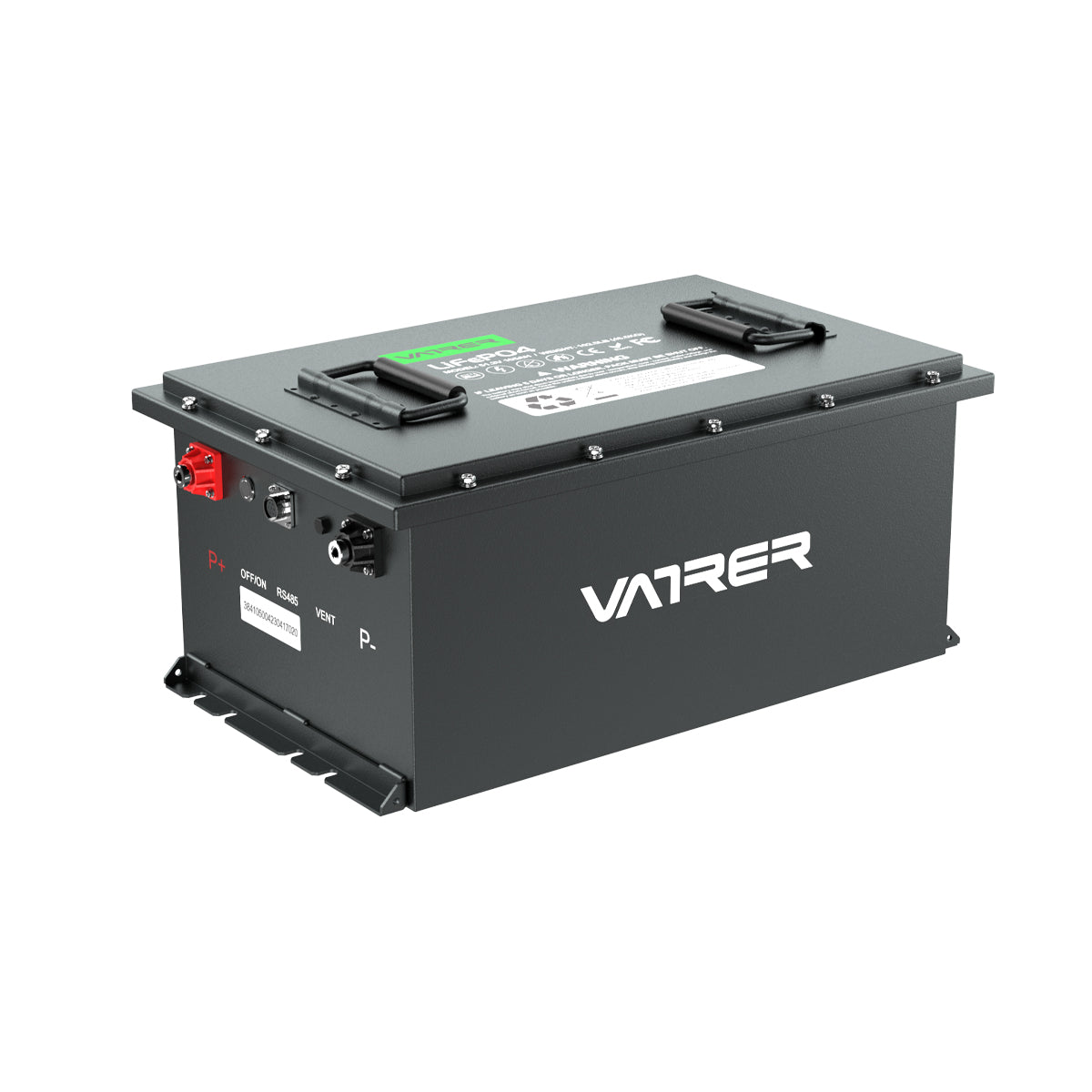1. Introduction
Overview of 48V Battery Systems
The 48V battery system has emerged as a pivotal component in modern energy storage solutions, offering a balance between power and efficiency. These systems are widely used in various applications, from renewable energy storage to electric vehicles, due to their ability to deliver substantial power while maintaining manageable size and weight. The 48V configuration is particularly advantageous in applications where higher voltage levels are required without the complexity and safety concerns associated with higher voltage systems.
Importance and Applications of Single Cell Configurations
Single cell configurations in 48V systems are crucial for several reasons. They simplify the design and manufacturing process, reduce the potential for cell imbalance, and enhance the overall reliability of the battery pack. Single cell configurations are particularly important in applications where space and weight are critical factors, such as in electric vehicles and portable power systems. By using a single cell configuration, manufacturers can optimize the performance and longevity of the battery, ensuring consistent power delivery and reducing maintenance requirements.

2. Technical Specifications
Voltage and Capacity Ratings
A 48V battery system typically consists of multiple cells connected in series to achieve the desired voltage level. Each cell in a lithium-ion battery typically has a nominal voltage of around 3.2V to 3.7V, depending on the specific chemistry used. To achieve a 48V system, approximately 13 to 16 cells are connected in series. The capacity of these batteries can vary widely, from small-scale applications requiring a few amp-hours (Ah) to large-scale systems with hundreds of amp-hours.
Chemistry and Materials Used
The most common chemistry used in 48V battery systems is lithium iron phosphate (LiFePO4), known for its stability, safety, and long cycle life. Other chemistries, such as lithium nickel manganese cobalt oxide (NMC) and lithium cobalt oxide (LCO), are also used, each offering different trade-offs in terms of energy density, cost, and thermal stability. The choice of materials and chemistry is critical in determining the performance characteristics of the battery, including its energy density, charge/discharge rates, and thermal management requirements.
3. Design and Configuration
Single Cell vs. Multi-Cell Configurations
In a single cell configuration, the entire battery system is designed around a single electrochemical cell, which simplifies the design and reduces the risk of cell imbalance. This configuration is ideal for applications where simplicity and reliability are paramount. In contrast, multi-cell configurations involve connecting multiple cells in series and parallel to achieve the desired voltage and capacity. While this allows for greater flexibility in design, it also introduces complexity in terms of balancing and thermal management.
Thermal Management and Safety Features
Thermal management is a critical aspect of battery design, particularly in high-power applications. Effective thermal management ensures that the battery operates within safe temperature limits, preventing overheating and potential thermal runaway. Advanced thermal management systems may include passive cooling elements, such as heat sinks and thermal pads, as well as active cooling systems, such as fans or liquid cooling. Safety features, such as overcharge protection, short-circuit protection, and thermal cutoffs, are also essential to ensure the safe operation of the battery.
4. Applications
Use in Solar Power Systems
48V battery systems are widely used in solar power applications, where they serve as energy storage solutions to capture and store energy generated by solar panels. These systems provide a reliable source of power during periods of low sunlight or at night, ensuring a continuous supply of electricity. The high voltage level of 48V systems makes them well-suited for integration with solar inverters and other power electronics, enabling efficient energy conversion and distribution.
Integration in Electric Vehicles and Golf Carts
In electric vehicles (EVs) and golf carts, 48V battery systems offer a balance between power and efficiency, providing sufficient energy to drive electric motors while maintaining manageable size and weight. The use of 48V systems in EVs is particularly advantageous in mild hybrid applications, where they can support functions such as start-stop systems, regenerative braking, and electric boosting. In golf carts, 48V batteries provide the necessary power to drive the vehicle over extended periods, ensuring reliable performance on the course.
5. Advantages and Challenges
Benefits of Using 48V Single Cell Batteries
The use of 48V single cell batteries offers several advantages, including simplified design, reduced risk of cell imbalance, and enhanced reliability. These batteries are also easier to manufacture and maintain, as they do not require complex balancing circuits or thermal management systems. Additionally, single cell configurations can offer improved energy density and efficiency, making them ideal for applications where space and weight are critical factors.
Potential Drawbacks and Limitations
Despite their advantages, 48V single cell batteries also have limitations. The primary challenge is achieving the desired voltage and capacity in a single cell, which may require advanced materials and manufacturing techniques. Additionally, single cell configurations may be less flexible in terms of design, as they do not allow for easy scaling of capacity or voltage. Finally, the cost of high-capacity single cells can be prohibitive, particularly for large-scale applications.
6. Future Trends
Innovations in Battery Technology
The future of 48V single cell batteries is likely to be shaped by ongoing innovations in battery technology. Advances in materials science, such as the development of solid-state electrolytes and high-capacity cathode materials, have the potential to significantly enhance the performance and safety of these batteries. Additionally, improvements in manufacturing techniques, such as 3D printing and advanced coating processes, may enable the production of more efficient and cost-effective single cell batteries.
Market Trends and Future Applications
The market for 48V battery systems is expected to grow significantly in the coming years, driven by increasing demand for renewable energy storage, electric vehicles, and portable power solutions. As the technology continues to evolve, new applications are likely to emerge, including in areas such as grid storage, telecommunications, and consumer electronics. The development of more efficient and reliable 48V single cell batteries will be critical to meeting the growing demand for energy storage solutions in these and other applications.
7. Conclusion
Summary of Key Points
In summary, 48V single cell batteries represent a promising solution for a wide range of applications, offering a balance between power, efficiency, and reliability. These batteries are particularly well-suited for use in solar power systems, electric vehicles, and other applications where space and weight are critical factors. While there are challenges associated with achieving the desired voltage and capacity in a single cell, ongoing innovations in battery technology are likely to address these issues and drive the development of more efficient and cost-effective solutions.
Final Thoughts on the Future of 48V Single Cell Batteries
The future of 48V single cell batteries is bright, with significant potential for growth and innovation. As the demand for energy storage solutions continues to rise, these batteries are likely to play an increasingly important role in powering the technologies of tomorrow. By leveraging advances in materials science and manufacturing techniques, manufacturers can develop more efficient and reliable 48V single cell batteries, ensuring their continued relevance in a rapidly evolving energy landscape.







![[Buying Guide] Should I Buy Lithium Batteries on Black Friday?](http://www.vatrerpower.com/cdn/shop/articles/Should-I-Buy-Lithium-Batteries-on-Black-Friday.webp?v=1731467571&width=500)





































